These Delicious Passover Foods Deserve a Spot on Your Seder Table
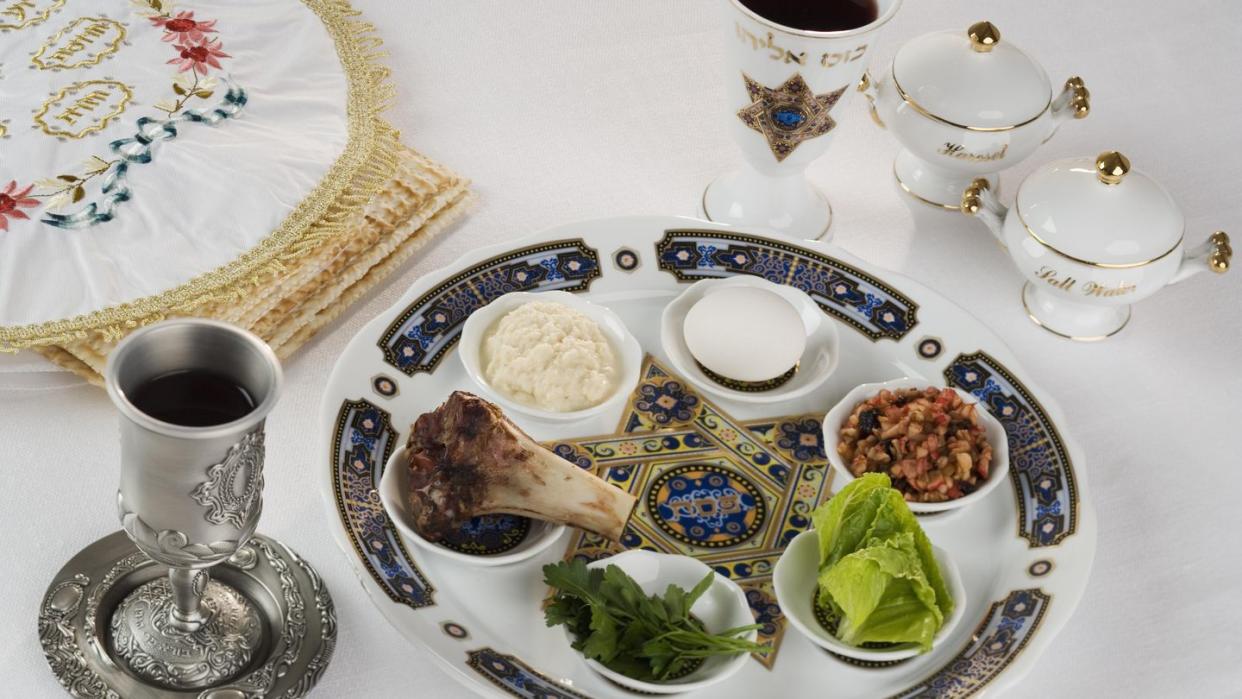
Every spring, Jews around the world sit down to begin the eight-day (or seven days, depending on the family) festival of Passover with a dinner called a seder. In 2024, the holiday begins on the evening of April 22nd and ends at sundown on Tuesday, April 30. Though every family has its own traditions and rituals, the purpose of the holiday is to retell the Biblical story of the Jewish people fleeing slavery and finally leaving Egypt. The festival is perhaps best known for the Passover foods consumed (and not consumed) throughout the week.
Though every Jewish family has its own standards and levels of observance, one of the most common rules is that Jews cannot eat anything considered chametz. This refers to anything that contains grain that has come into contact with water and had the chance to rise–think bread, pancakes, cupcakes, and cookies. This is because when the enslaved Jews were leaving Egypt, they didn’t have enough time to allow their bread to rise. Many Jews will only consume foods that are unleavened and have a special kosher for Passover marking. Additionally, some Jews that come from Eastern European countries also avoid foods called kitniyot, which include rice, mustard, corn, beans, and other legumes.
Instead, many Jews will use ingredients like almond flour, potato starch, and an unleavened cracker called matzah to cook throughout the holiday. When the sun sets on the first night of Passover, a large dinner will be served, and at the center of the table is the seder plate. A large plate with a shank bone, egg, bitter herbs, greens, lettuce, and a special mixture called charoset (more on these later).
Recipes to make Passover foods
If you’re looking to make some delicious meals with some of the Passover foods below and more, some of our favorite recipes include:
So, what traditional Passover foods are served at a Passover meal? This varies family-to-family, but some common foods include:
Matzah
The most iconic of all the Passover foods, matzah is an unleavened cracker-like food that represents the bread the Israelites took with them when they were rushing to leave Egypt. So the story goes, when the Israelites had the opportunity to escape, they didn’t even have enough time to allow the bread to rise. Jews begin by having three pieces of matzah at the seder table to eat and will continue to eat the matzah throughout the week in place of bread.
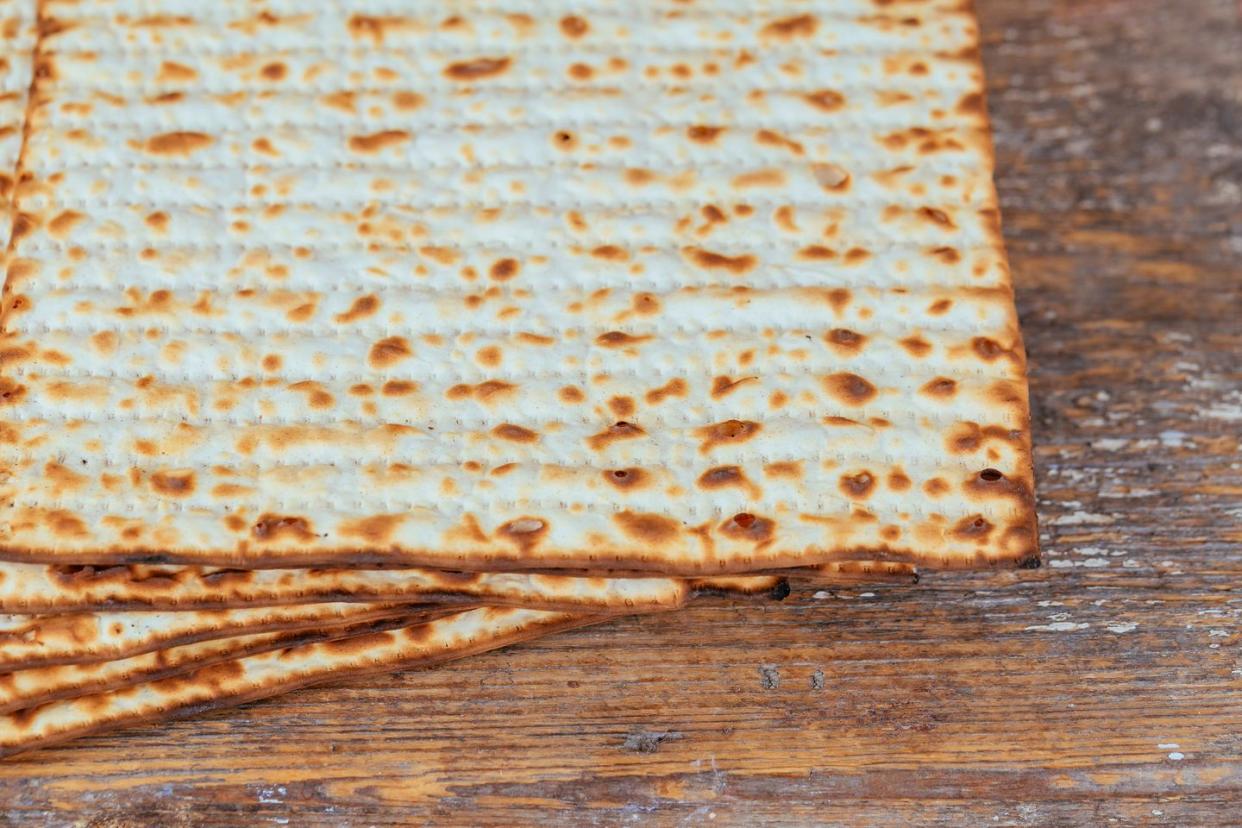
Egg
Now we get to some of the elements on the seder plate. Though the shank bone (representing the animal sacrifice) isn’t actually eaten, one of the first things many families do eat from the plate is the egg. Many say the egg represents the circle of life, but other theories say it is related to the destruction of the Jewish temple. This is sometimes eaten hard boiled alongside gefilte fish, in a bowl with salt water, or on its own.

Charoset
Recipes for charoset vary based on where your family comes from, but Jews who come from Eastern Europe make it with some combination of wine, nuts, apples, and spices. Jewish families that come from Spain, Portugal, or Northern Africa will leave out the apples and often use dried fruits like dates and figs with nuts to make charoset balls.
The mixture represents the mortar used by the Jews in Egypt while they were enslaved. It is eaten with the horseradish (more of that next), and often by the spoonful because it’s so delicious!
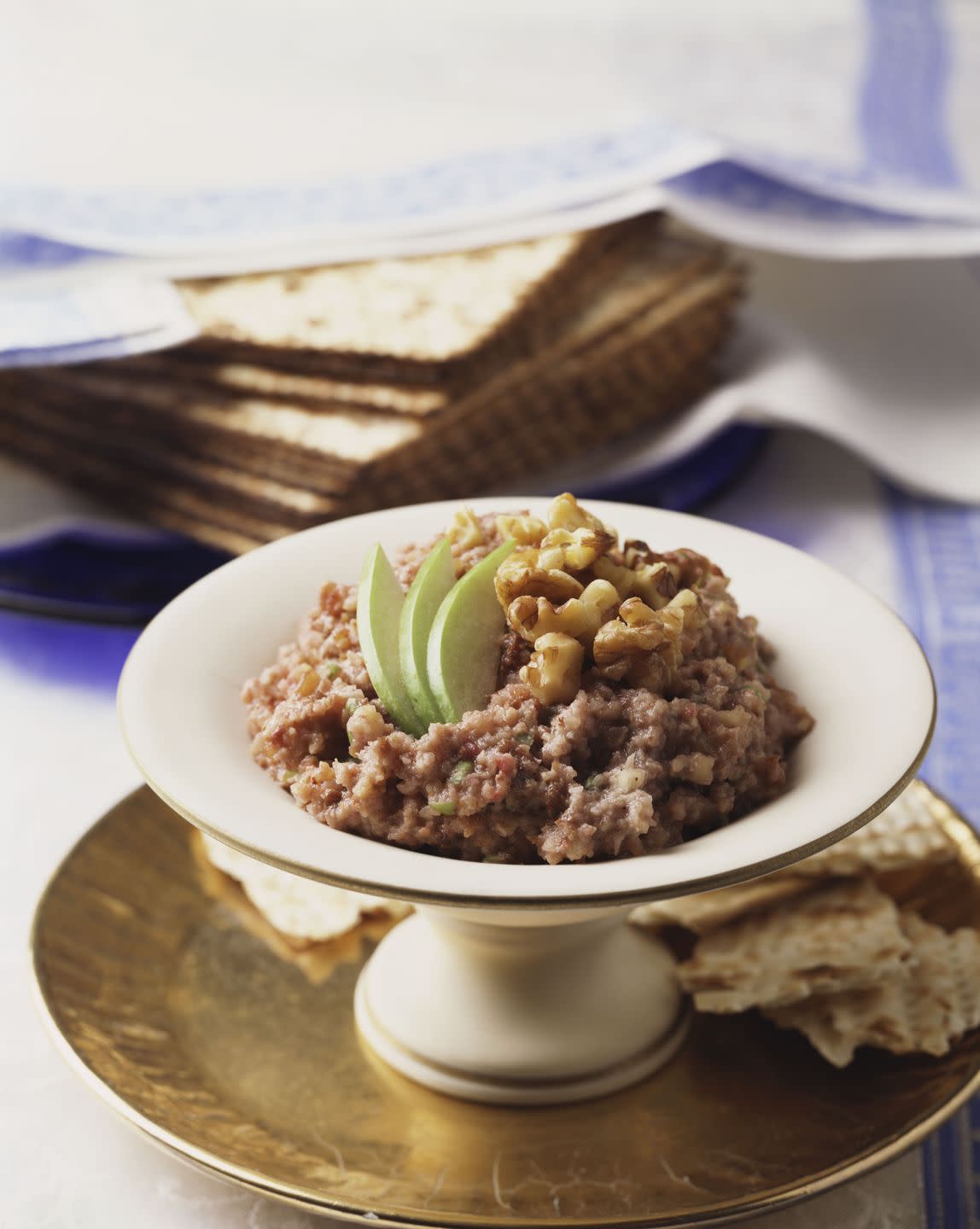
Horseradish
Horseradish is eaten at the dinner table to fill the spot of a bitter herb (called maror) that represents the bitterness of slavery. During the rituals prior to the meal, many Jews will eat the horseradish sandwiched in between matzah and alongside the charoset. Some Jews will opt to eat Romaine lettuce instead of horseradish, but this is based on the family’s traditions.
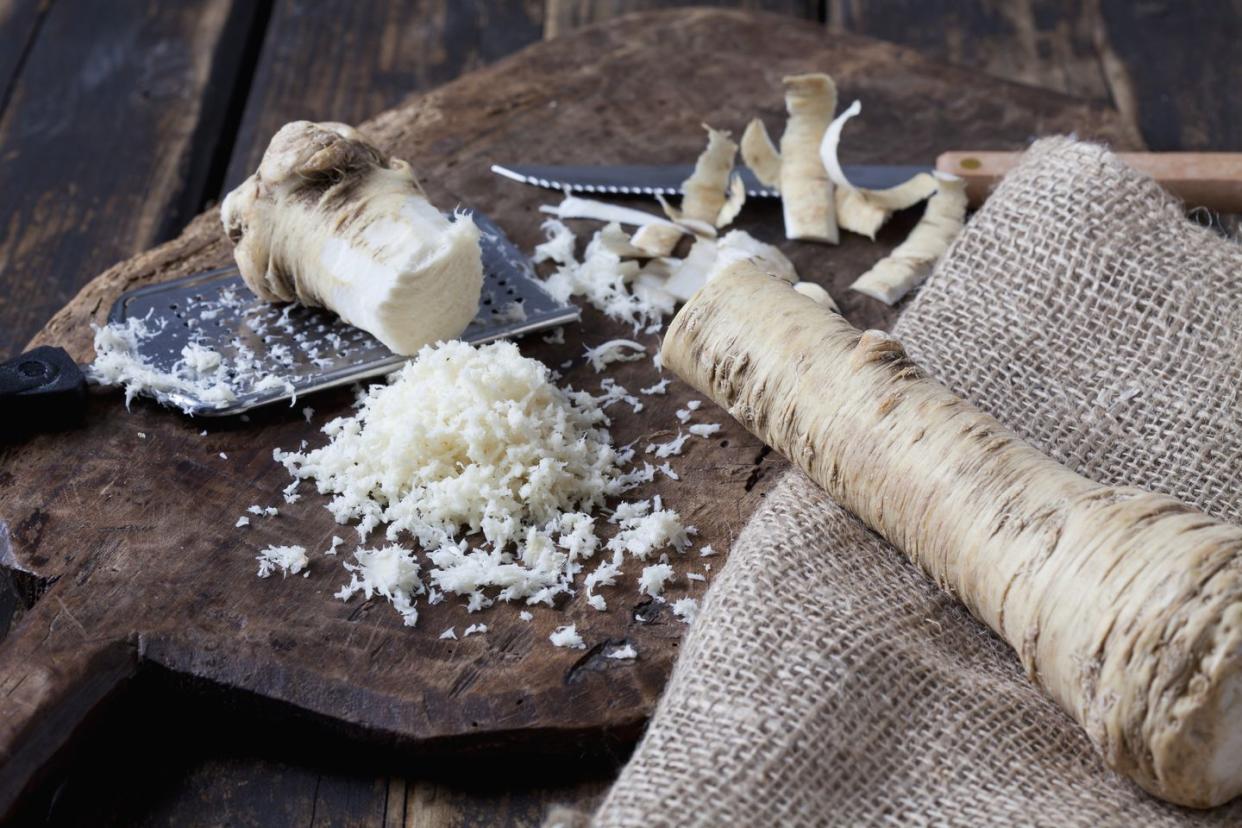
Greens
Known as karpas, this seder table inclusion usually shows up as parsley and is dipped in a mixture of saltwater before being eaten. It can sometimes be a potato as well (likely hailing from Eastern European Jews who didn’t have access to actual green vegetables), but it represents spring and new beginnings. The saltwater is used to represent the tears of the enslaved.
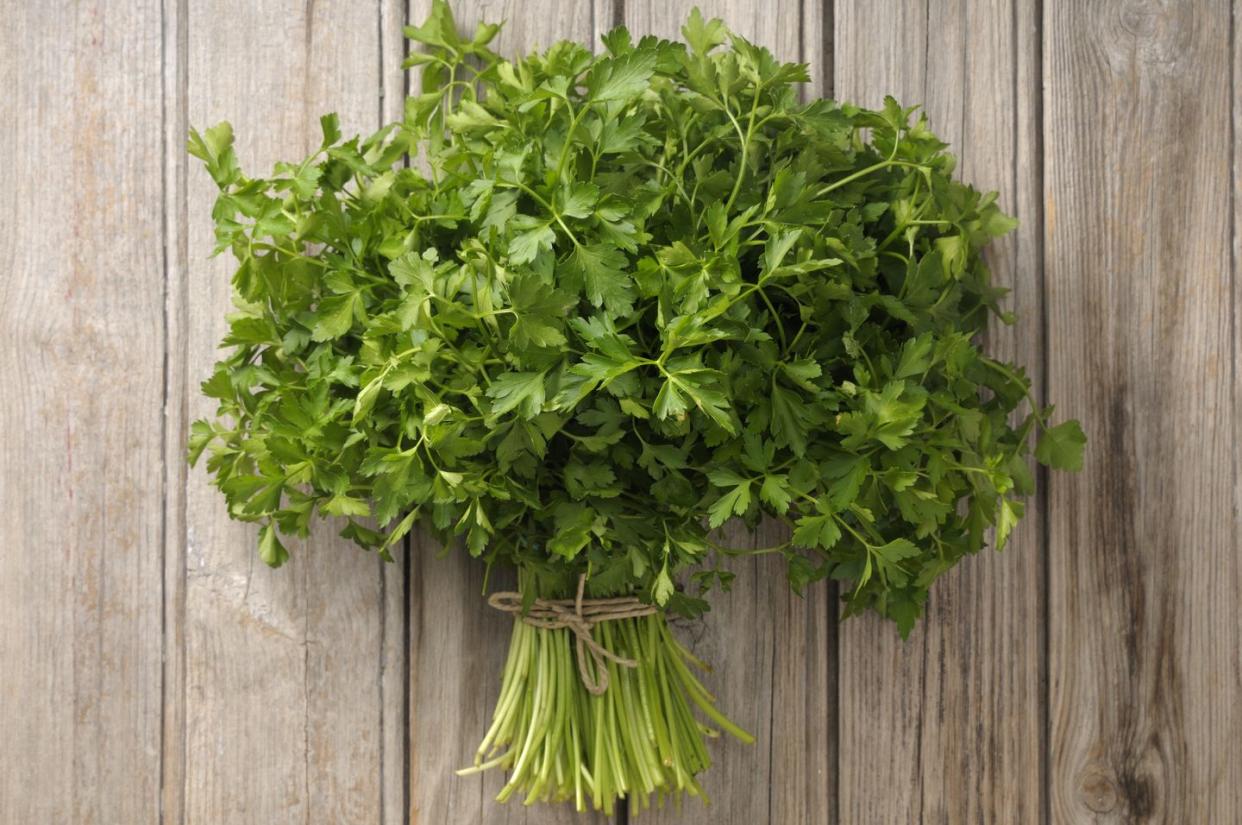
Wine
It is traditional to drink four cups of wine throughout the Passover seder. There are many explanations as to why, some of which say wine is for celebrating or wine represents freedom, both major themes of the festival. At the end of the dinner, many Jews will pour out an additional cup for Elijah the Prophet, which they do not drink.
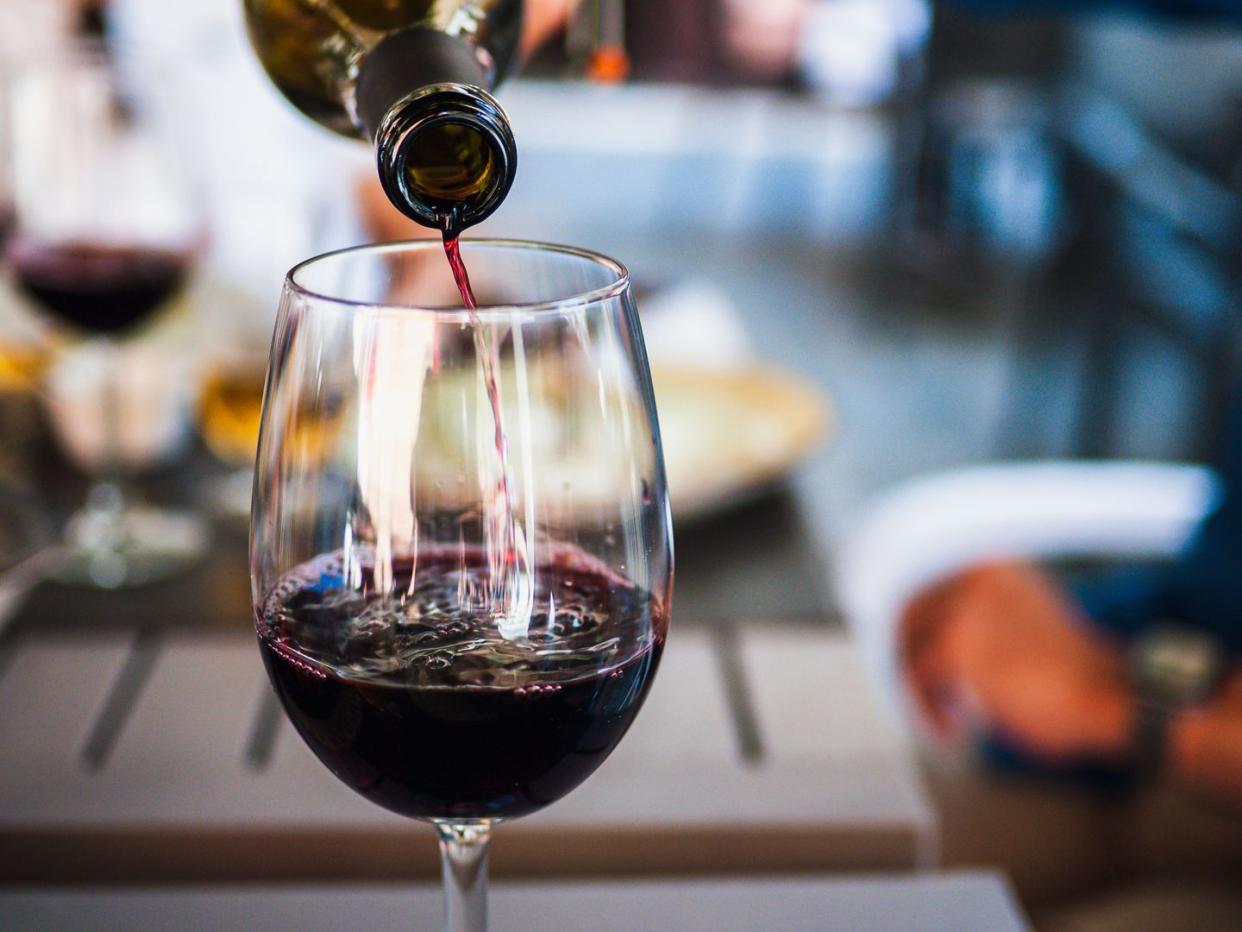
Matzah ball soup
Your local diner or deli might have the best matzah ball soup in town, but a soothing bowl of matzah ball soup on Passover cannot be beaten. Every family has its own unique twist on the recipe, but the most important thing is the matzah balls themselves. Made from matzah meal, these delicate kosher for Passover soup dumplings are a delight that celebrates the main ingredient of the holiday. This dish may also make an appearance beyond Passover and find its way on the menu for weekly Friday night meals, the Jewish New Year, or more for families from Eastern Europe.
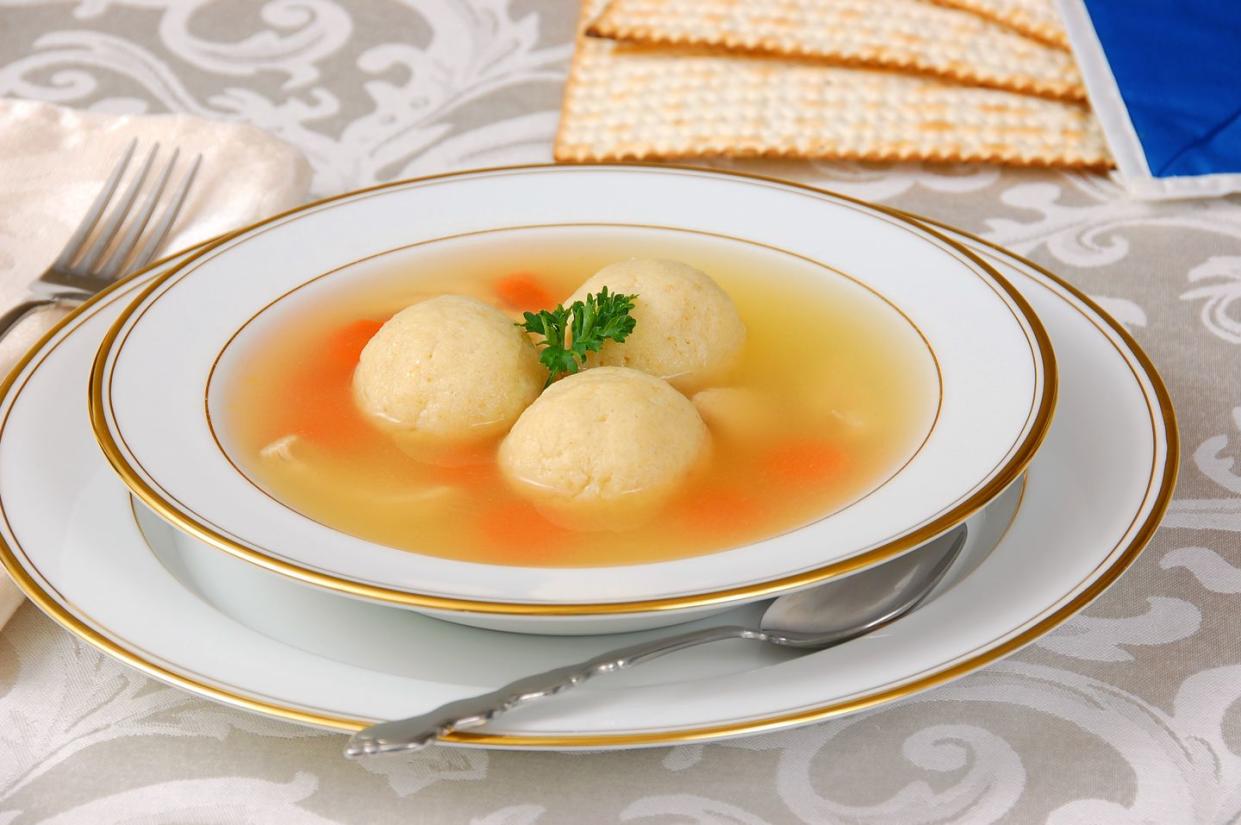
Gefilte fish
You’ll likely see this meatloaf of ground fish, called gefilte fish, as an appetizer at many Jewish meals. It comes from Eastern European Jewish families and stems from eating fish first on Friday nights before a meat course. There’s no specific reason it’s served during Passover, but for many Jewish families that come from Eastern Europe, it has become a staple.
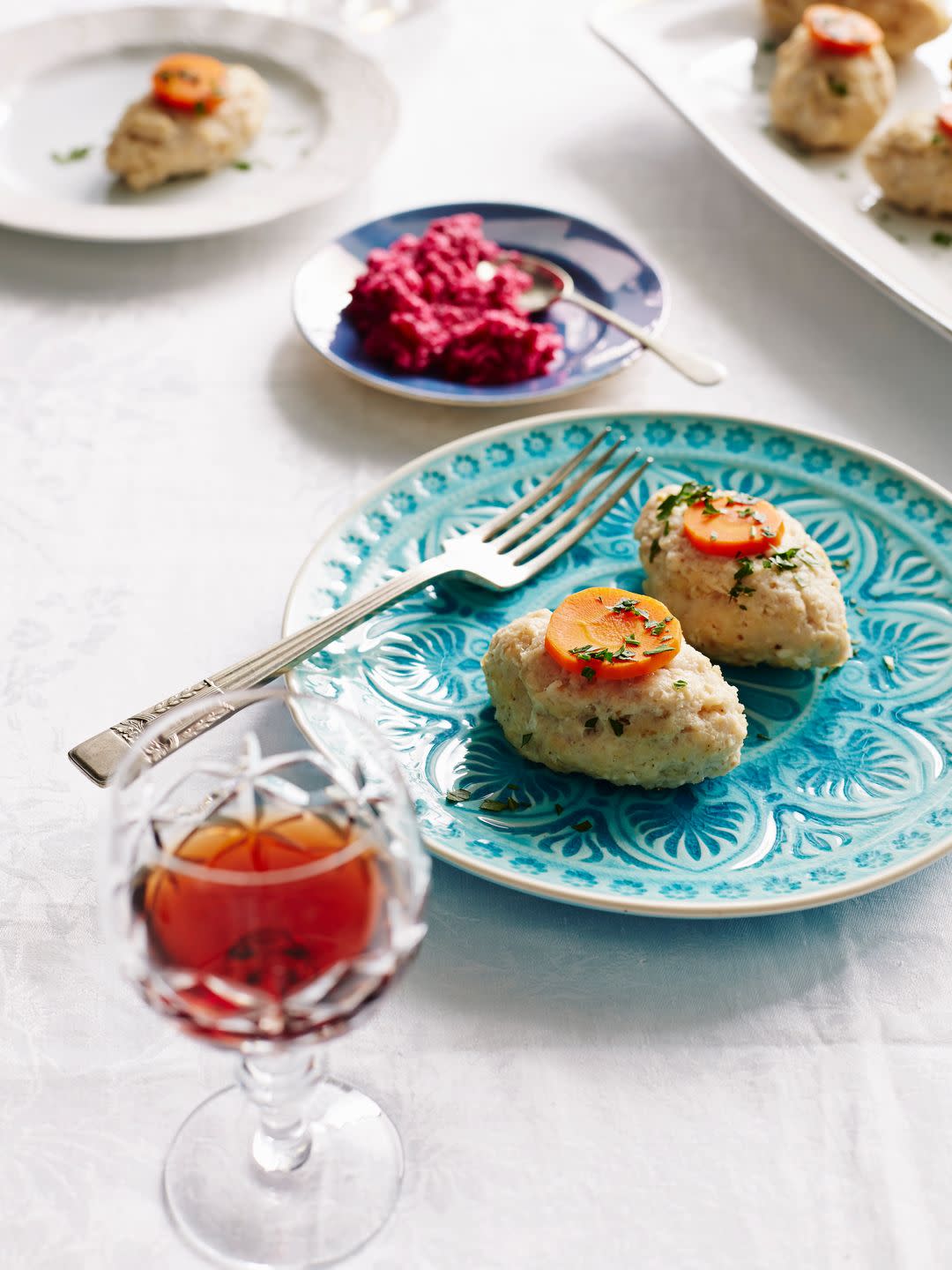
Kugel
Kugel is the Jewish version of a casserole and is very popular on holiday tables. Though classic bread, rice (for some), and noodle kugels are not kosher for Passover, many Jews opt to make a potato or matza kugel to enjoy as a side dish at their Passover meals. Jews who hail from Spain, Portugal, and Northern Africa will often dine on quajad, a variety of kugel that is a veggie frittata-like mixture. It’s a traditional Jewish food you can adapt to the holiday’s dietary restrictions.
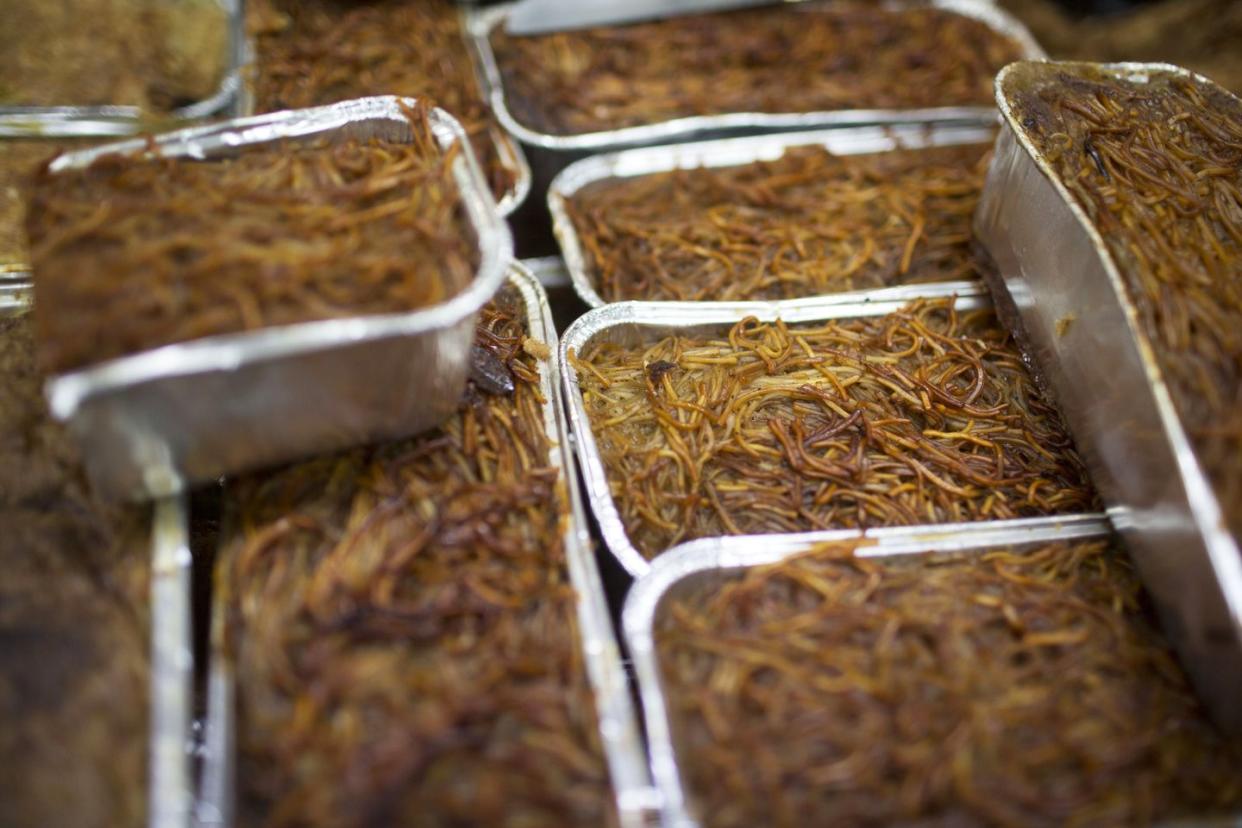
You Might Also Like











